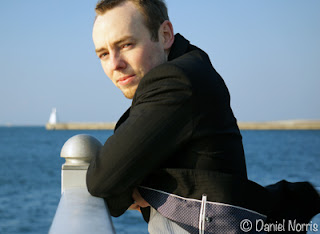 |
| Sunset in Aomori City, Japan |
I've wanted to invest in a professionally-oriented camera for many years. Since I was a university student in the mid-2000's, I yearned for a such a camera but I never felt like I could afford to invest in one. I was a poor college student, trying to keep my students loans as small as possible. So I made a compromise and bought a Canon S95, which was considered to be an advanced enthusiast compact camera but at a price point which I could accept at that time. The S95 is a fantastic little camera with full manual controls and great image quality for it's size. Using the right combination of shooting techniques and post-processing, I've taken some wonderful pictures with it. But it's really limited by it's fixed lens, small sensor, and low light performance, which increasingly became more of an issue for me over time. Still, I worked with what I had and enjoyed using it for the past years.
Recently, the time was finally right for me to invest in the camera I've always wanted. I had the money for any professional camera, but I still had to decide which camera to buy. This, I learned, is not an easy task for someone like me. It took lots of research, camera comparisons, and reviews, but eventually I had a few cameras I was considering. The most significant factors I considered were: photographic capabilities (would it be versatile enough for me to experiment and provide enough artistic freedom to improve my photography skills?); size/weight (would it be small and light enough my lifestyle--walking and biking--and for traveling?); handling (would it be comfortable to use?); image quality (would it satisfy my desire for clear, noise-free photos?).
 |
| Bay Bridge, in Aomori City, Japan |
From all the mirrorless cameras on the market, it wasn't particularly easy to choose a specific model. Needless to say, each have their own advantages and disadvantages. Some other cameras had much better (native) lenses available, or better image quality, or better low light performance. But they just didn't feel right in my hands. So I realized that handling would be really important; if it was cumbersome to use then it wouldn't be much fun and in that case, what's the point!? Also the NEX-6 was one of the smallest form factors with one of the biggest sensors, had a built-in and useable flash, and with adapters could accept legacy glass (lenses) from virtually all other makers. So in the end, I bought the Sony NEX-6.
 |
| Experimenting with self-portraits and DOF |
A camera is only a tool. The best photos are taken by the best photographers, not the best cameras. I believe this is an essential characteristic of photography that is often misunderstood. So for me, I know that this new camera is only a more effective tool for my toolbox but I will still need to put in the effort and time to improve my skills and become a better photographer.
